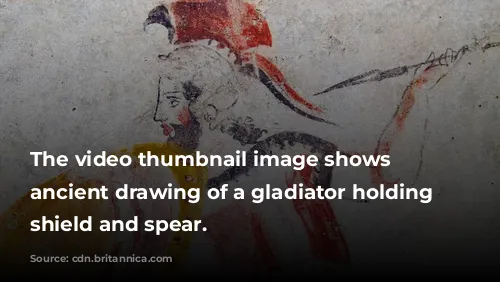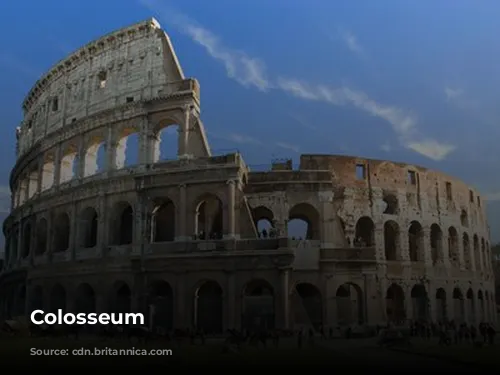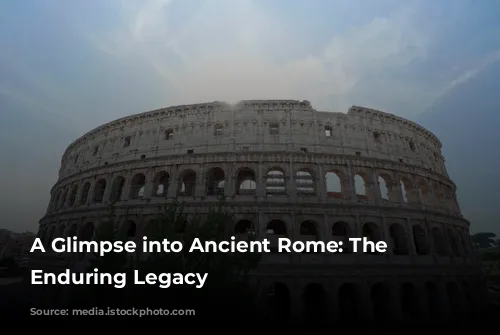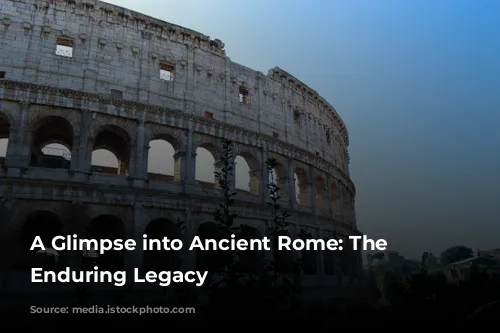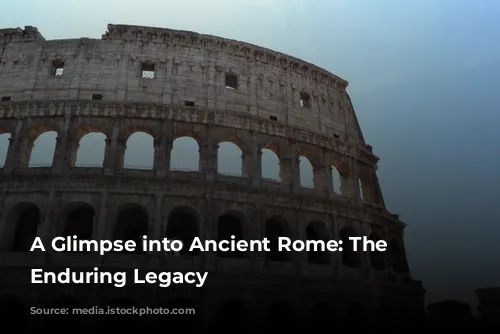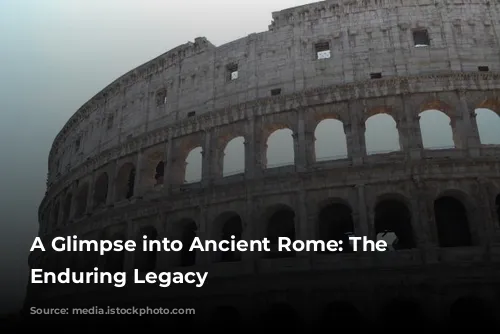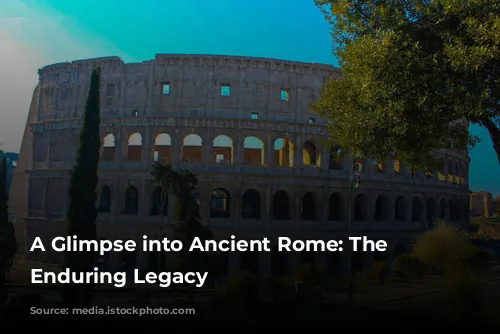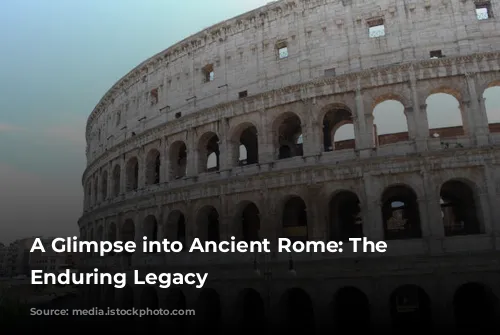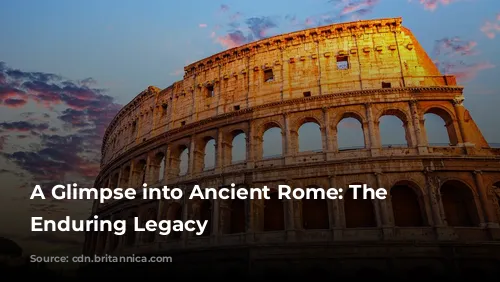The Colosseum, a towering symbol of Roman ingenuity and power, stands as one of the few surviving structures from the Roman Empire. This architectural marvel not only showcases the Romans’ impressive skills in engineering and design but also generates significant revenue for Italy through tourism. In 2018 alone, the Colosseum, Roman Forum, and Palatine Hill attracted countless visitors, generating over $63.3 million (€53.8 million), solidifying its position as Italy’s top tourist attraction.
The Colosseum’s journey through time has been marked by both prosperity and decline. After the fall of the Western Roman Empire, the Colosseum fell into disrepair, its grandeur overshadowed by the passage of time. During the 12th century, powerful families like the Frangipane and Annibaldi repurposed the once-glorious arena as their fortress, a stark contrast to its original purpose. In the late 15th century, Pope Alexander VI further contributed to the Colosseum’s deterioration by allowing it to be used as a quarry, a stark reminder of the disregard for this historical treasure. After over a thousand years of neglect, the Colosseum finally received much-needed attention in the 1990s with the initiation of state-funded restoration efforts, a testament to the renewed appreciation for this iconic landmark.
From Gladiatorial Arena to Public Spectacle
The Colosseum’s construction was part of a grand imperial plan to revitalize Rome after the tumultuous “Year of the Four Emperors” in 69 CE. Emperor Vespasian, keen to reassert Roman power and entertain his subjects, envisioned the Colosseum as a center for public spectacles. Like other amphitheatres, the Colosseum was designed as an entertainment venue, hosting thrilling gladiator fights, exhilarating animal hunts, and even awe-inspiring mock naval battles, all intended to captivate the Roman populace.
The Colosseum’s construction began under Emperor Vespasian’s reign, between 70 and 72 CE. The completed structure was dedicated in 80 CE by Vespasian’s son and successor, Titus, a testament to the continuity of imperial ambitions. The fourth story of the Colosseum was later added by Emperor Domitian in 82 CE, further showcasing the grandeur of this architectural marvel. It is important to note that the Colosseum’s construction was funded by the spoils of war, specifically the plunder from Titus’s conquest of Jerusalem in 70 CE. This historical detail sheds light on the complex interplay between conquest, wealth, and public spectacle in ancient Rome.
A Monument of Stone and Spectacle
The Colosseum, also known as the Flavian Amphitheatre, is a colossal amphitheatre built in Rome during the reign of the Flavian Emperors. This majestic structure is an ellipse of stone, concrete, and tuff, reaching a towering height of four stories. Its impressive dimensions – 620 by 513 feet (189 by 156 meters) – allowed it to accommodate an astonishing 50,000 spectators, a testament to the Romans’ ability to gather massive crowds for entertainment.
The Colosseum was a marvel of engineering, built with a complex system of barrel vaults and groin vaults. Located just east of the Palatine Hill, on the site of Nero’s Golden House, the Colosseum’s position was both symbolic and practical. Vespasian, a ruler of humble origins, replaced Nero’s luxurious private lake with a public amphitheater, a powerful symbol of his commitment to the Roman people. Unlike earlier amphitheatres, the Colosseum is a freestanding structure, its three stories adorned with arcades and columns in the Doric, Ionic, and Corinthian orders. This architectural arrangement influenced Renaissance architectural theory, highlighting the Colosseum’s enduring impact on artistic traditions.

A Stage for Spectacle and a Symbol of Resilience
The Colosseum was designed to provide shade for its massive audience, with a retractable velarium, or awning. Supporting masts were strategically positioned on the Colosseum’s top story, requiring hundreds of Roman sailors to manipulate the rigging and extend the velarium, shielding spectators from the scorching Roman sun. This elaborate system speaks to the Romans’ attention to detail and their commitment to providing a comfortable experience for their citizens.
The Colosseum witnessed countless spectacles, from gladiatorial combats to thrilling animal hunts and even elaborate mock naval battles. While its role as a stage for gladiatorial combat is well-known, the Colosseum hosted a diverse range of events, reflecting the multifaceted nature of Roman entertainment. Although the Colosseum is often associated with the martyrdom of early Christians, the historical evidence for this is uncertain.
From Glory to Neglect and Back Again
The Colosseum’s fate in medieval times was a far cry from its glory days. The structure was repurposed as a church, then as a fortress by the Frangipane and Annibaldi families, a testament to the changing landscape of Roman power. However, the Colosseum suffered from neglect, as earthquakes, lightning strikes, vandalism, and pollution took their toll. Its once-gleaming marble seats and decorative materials disappeared, replaced by the scars of time. For over a thousand years, the Colosseum was treated little more than a quarry, a sad reminder of the neglect it suffered.
The preservation of the Colosseum began in earnest in the 19th century, with significant efforts led by Pope Pius VIII. The 1990s marked a turning point, with the initiation of a comprehensive restoration project, a symbol of renewed appreciation for this historical treasure. Today, the Colosseum remains one of Rome’s most popular tourist destinations, attracting millions of visitors each year. Regularly changing exhibitions showcasing the culture of ancient Rome further enrich the visitor experience, ensuring the Colosseum continues to inspire awe and wonder in generations to come.
